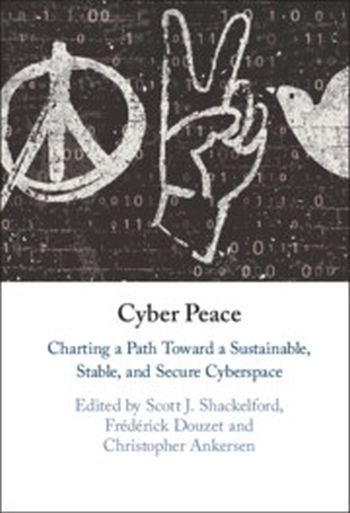We will be closed from 5pm Thursday 17th April for the Easter Bank Holidays, re-opening at 8.30am on Tuesday 22nd April. Any orders placed during this period will be processed when we re-open.

The international community is too often focused on responding to the latest cyber-attack instead of addressing the reality of pervasive and persistent cyber conflict. From ransomware against the city government of Baltimore to state-sponsored campaigns targeting electrical grids in Ukraine and the U.S., we seem to have relatively little bandwidth left over to ask what we can hope for in terms of 'peace' on the Internet, and how to get there. It's also important to identify the long-term implications for such pervasive cyber insecurity across the public and private sectors, and how they can be curtailed. This edited volume analyzes the history and evolution of cyber peace and reviews recent international efforts aimed at promoting it, providing recommendations for students, practitioners and policymakers seeking an understanding of the complexity of international law and international relations involved in cyber peace.